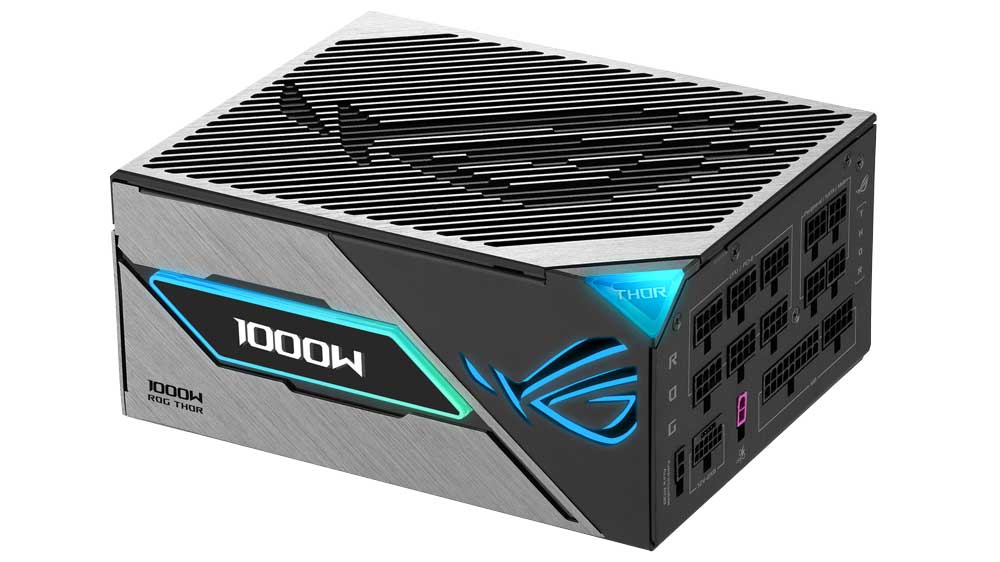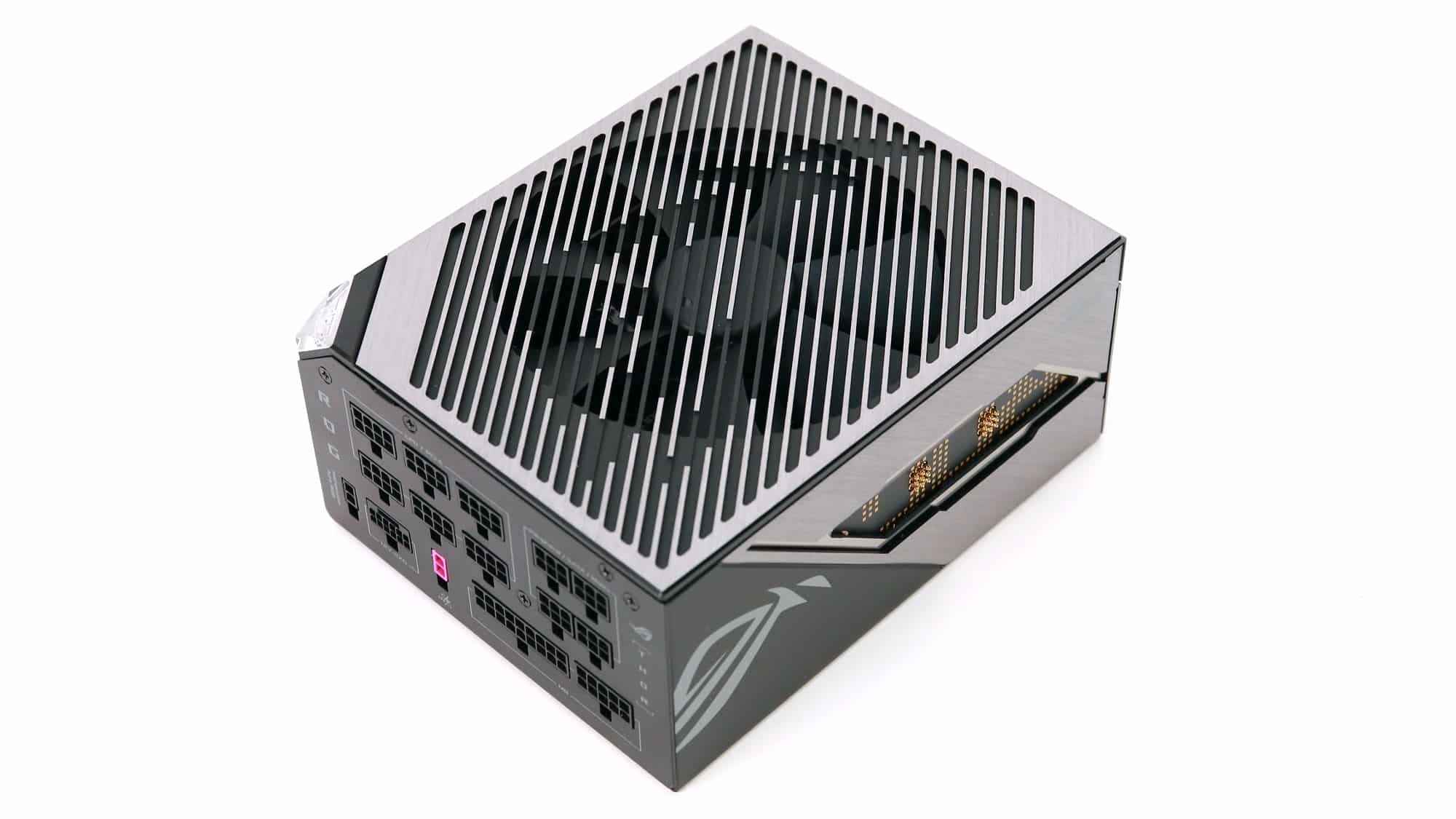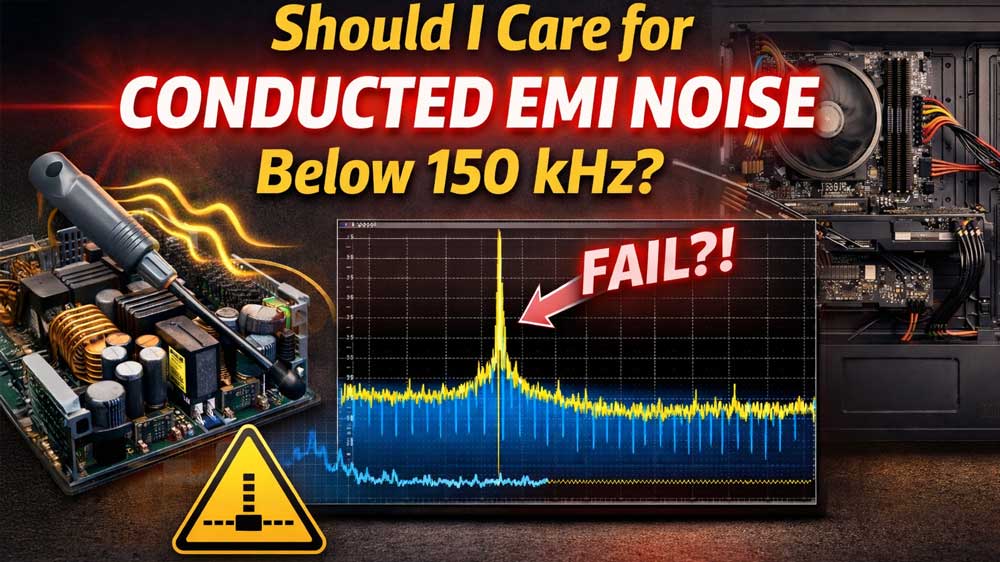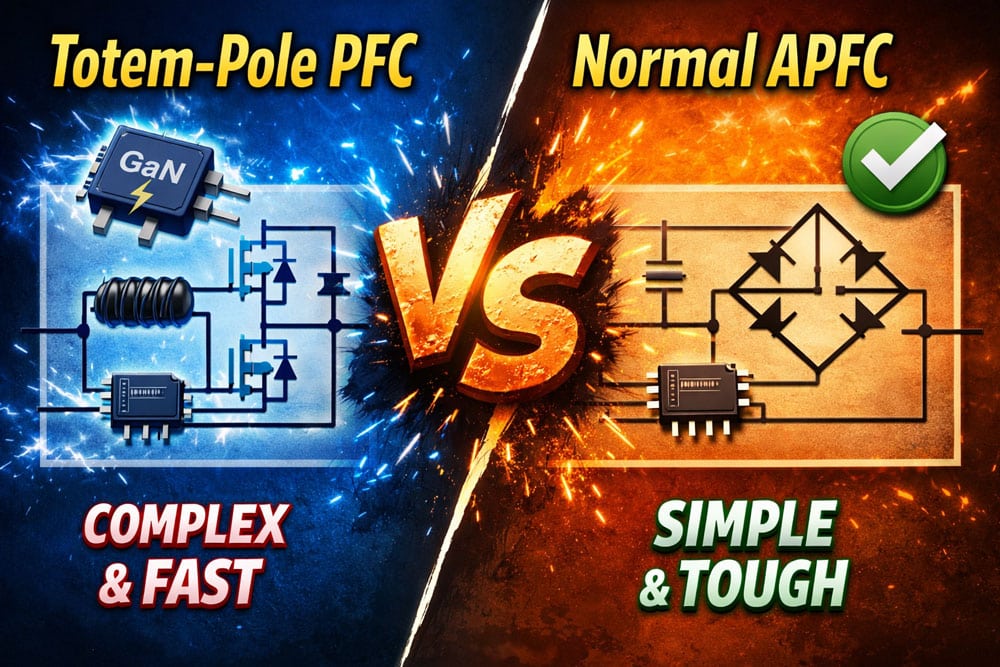Epilogue
Like the 1200W model, the ASUS ROG Thor 1000W Platinum III is an expensive, high-end PSU with a new Seasonic platform. Using a single GaN MODFET on the primary side doesn’t provide any real advantage since a totem-pole PFC isn’t used, and this type of PFC circuit offers the highest efficiency gains. Still, despite the conventional platform, the average efficiency is high, but efficiency at light and super-light loads should be higher. The transient response at 12V is good at high loads, while the 3.3V rail didn’t perform well in the regular transient response tests. The hold-up time is extended, thanks to the large bulk caps, and since the 1000W model uses the same NTC thermistors as the 1200W model, it has lower inrush currents, which are still pretty high for my taste. The protection features also need tuning to provide more effective protection to the expensive PSU and the system it feeds with power. Moreover, I expected to find fan failure protection in such an expensive platform. Lastly, what surprised me was that the fan speed profile was more aggressive than the 1200W model, since the average noise output of this unit was higher. Typically, it should be the other way around, but the fact is that the 1200W model has a super-relaxed fan speed profile. Hopefully, Seasonic performed a thorough thermal analysis on both platforms. However, it is only logical for the 1200W model to have a higher average noise output than the 1000W model, given that both units use the same platform, not vice versa. Given that this is not true, they probably overdid it with the 1200W model’s fan speed profile.
The ROG Thor 1000W Platinum III is a good-performing PSU, with some interesting features, but given its high price, I expected more competitive overall performance. Its strong asset is the same as the 1200W model of the line, the silent operation even under harsh operating conditions. Asus focuses on low noise output, and I believe that this is the right path to follow.
Before investing in a new power supply, read my Best ATX v3.x PSUs article to check all alternative PSU offerings. You help me a lot by using my affiliate links, which don’t increase the product’s price. I get a commission from Amazon every time you do it, which can make a difference for me, especially now that I am on my own, working exclusively for my media and not for someone else.
- Delivered full power at 46°C
- Good parts used
- ATX v3.1 and PCIe CEM 5.1 compliant
- Silent operation
- Efficient platform (overall)
- Low vampire power
- Within 1% load regulation on the primary rails
- Good ripple suppression
- Good transient response at 12V
- High PF readings (115V)
- Increased hold-up time
- Alternative Low Power Mode (ALPM) compatible
- 12+4-pin PCIe connector set at 600W
- Extra-long EPS and PCIe cables
- Quality (DBB) fan
- OCP and OPP protection features need adjustments
- No fan failure protection
- High inrush currents
- Mediocre transient response at 3.3V (normal loads)
- Low efficiency at light and super-light loads
- Not so high PF readings (230V)
- Efficiency should be higher at 5VSB (115V)
- The soldering quality in my sample was low




So it is not such a great psu.. prime psu are better from what I can understand.
I thought it was a prime platform..
I thought they were produced by other OEMs, not by Seasonic. Will you have the chance to test the top of the line Asus Rog Thor III 1600W Titanium as well? Thank you.
I am not sure if Asus will send the 1600W model for a spin.